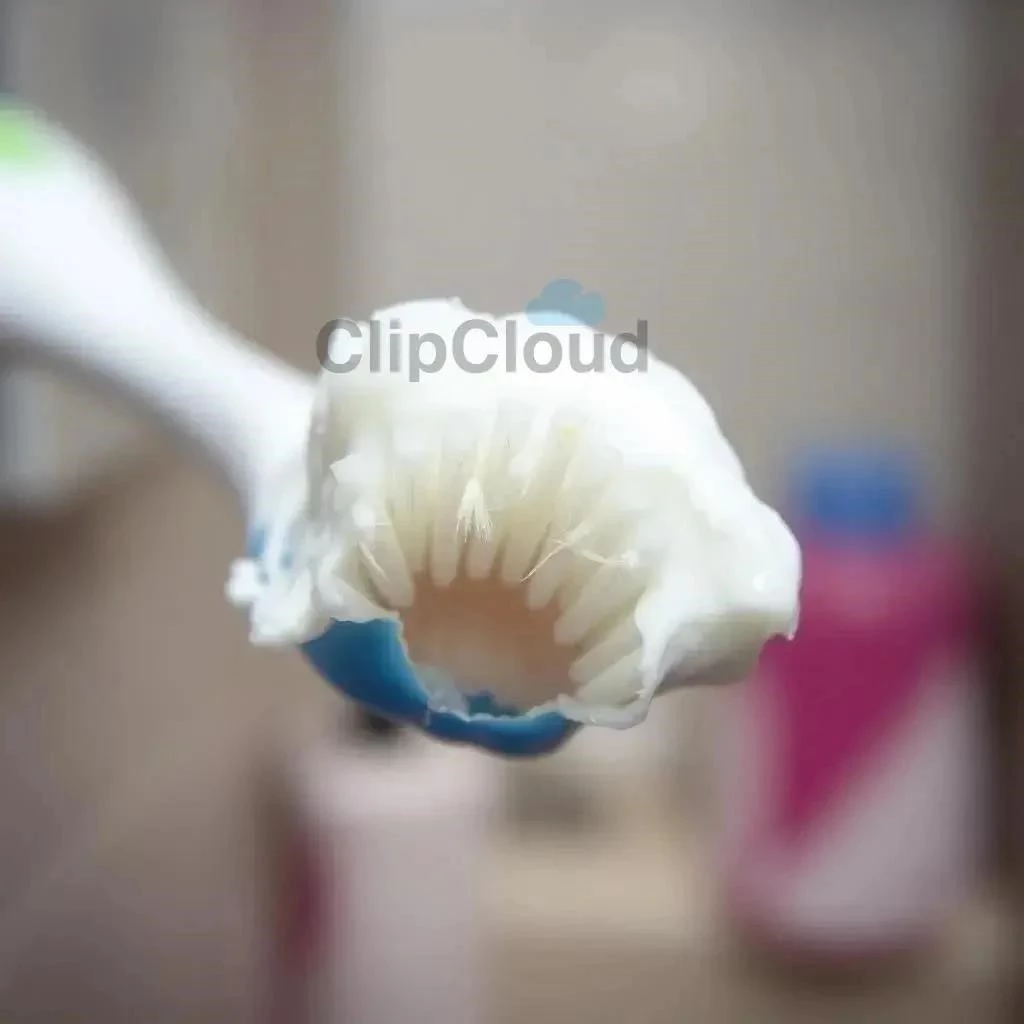Hot water baseboard heating systems provide a consistent and comfortable heat source for homes. However, like any mechanical system, they require regular maintenance to ensure optimal performance and longevity. Neglecting maintenance can lead to reduced efficiency, increased energy bills, and even system failure. This guide will walk you through essential maintenance tasks to keep your hot water baseboard heating system running smoothly for years to come. Understanding these steps is crucial for homeowners looking to save money and extend the life of their heating system.
Before diving into maintenance, it’s helpful to understand the basic components of a hot water baseboard heating system. These systems consist of a boiler, which heats the water; a circulating pump, which moves the hot water through the pipes; and baseboard heaters, which radiate heat into the room. Air vents, located on the baseboard units, allow air to escape from the system.
Air trapped in the baseboard heaters can significantly reduce their efficiency. Bleeding the heaters releases this trapped air, allowing hot water to circulate freely and heat the room effectively. Here’s how to do it:
- Turn off the circulating pump.
- Locate the bleeder valve on the baseboard heater.
- Place a bucket or towel underneath the valve to catch any water.
- Using a bleeder key or screwdriver, slowly open the valve.
- Allow air to escape until water flows out steadily.
- Close the valve and repeat the process for all baseboard heaters in your home.
- Turn the circulating pump back on.
Dust and debris can accumulate on the fins of the baseboard heaters, impeding heat transfer. Regularly cleaning the fins helps maintain efficiency. Use a vacuum cleaner with a brush attachment to remove dust and debris from the fins. A soft cloth can also be used to wipe down the exterior of the baseboard heaters. Remember to turn off the system before cleaning to avoid burns.
Inspect the baseboard heaters, pipes, and connections for any signs of leaks. Even small leaks can lead to water damage and reduced system pressure. If you find a leak, contact a qualified plumber or HVAC technician for repair. Addressing leaks promptly can prevent more serious problems down the road.
The water pressure in your heating system should be within the recommended range, typically 12-15 PSI. Check the pressure gauge on the boiler regularly. If the pressure is too low, you may need to add water to the system. If the pressure is too high, you may need to bleed the system.
- Schedule an annual inspection and maintenance by a qualified HVAC technician.
- Ensure the boiler is properly vented to prevent carbon monoxide poisoning.
- Clean the burner and heat exchanger regularly.
- Check the safety valves and pressure relief valves.
Sometimes, despite your best efforts, problems can arise. Here’s a quick guide to troubleshooting some common issues:
| Issue | Possible Cause | Solution |
|---|---|---|
| Baseboard heater not heating | Air in the system, low water pressure, faulty thermostat | Bleed the heater, check water pressure, test thermostat |
| Noisy baseboard heater | Air in the system, loose pipes | Bleed the heater, secure pipes |
| Leaking baseboard heater | Corrosion, damaged connections | Repair or replace the leaking component |
Remember to consult a professional if you are unsure about any of these troubleshooting steps.
Maintaining your hot water baseboard heating system is essential for its efficient and reliable operation. By following these simple maintenance tasks, you can extend the lifespan of your system and prevent costly repairs. Regularly bleeding the heaters, cleaning the fins, and checking for leaks are crucial steps. Annual professional inspections are also highly recommended to ensure optimal performance and safety. A little preventative care can go a long way in keeping your home warm and comfortable throughout the winter months. Remember, a well-maintained system not only saves you money but also contributes to a safer and more comfortable living environment.
Hot water baseboard heating systems provide a consistent and comfortable heat source for homes. However, like any mechanical system, they require regular maintenance to ensure optimal performance and longevity. Neglecting maintenance can lead to reduced efficiency, increased energy bills, and even system failure. This guide will walk you through essential maintenance tasks to keep your hot water baseboard heating system running smoothly for years to come. Understanding these steps is crucial for homeowners looking to save money and extend the life of their heating system.
Understanding Your System
Before diving into maintenance, it’s helpful to understand the basic components of a hot water baseboard heating system. These systems consist of a boiler, which heats the water; a circulating pump, which moves the hot water through the pipes; and baseboard heaters, which radiate heat into the room. Air vents, located on the baseboard units, allow air to escape from the system.
Essential Maintenance Tasks
Bleeding the Baseboard Heaters
Air trapped in the baseboard heaters can significantly reduce their efficiency. Bleeding the heaters releases this trapped air, allowing hot water to circulate freely and heat the room effectively. Here’s how to do it:
- Turn off the circulating pump.
- Locate the bleeder valve on the baseboard heater.
- Place a bucket or towel underneath the valve to catch any water.
- Using a bleeder key or screwdriver, slowly open the valve.
- Allow air to escape until water flows out steadily.
- Close the valve and repeat the process for all baseboard heaters in your home.
- Turn the circulating pump back on.
Cleaning the Baseboard Heaters
Dust and debris can accumulate on the fins of the baseboard heaters, impeding heat transfer. Regularly cleaning the fins helps maintain efficiency. Use a vacuum cleaner with a brush attachment to remove dust and debris from the fins. A soft cloth can also be used to wipe down the exterior of the baseboard heaters. Remember to turn off the system before cleaning to avoid burns.
Checking for Leaks
Inspect the baseboard heaters, pipes, and connections for any signs of leaks. Even small leaks can lead to water damage and reduced system pressure. If you find a leak, contact a qualified plumber or HVAC technician for repair. Addressing leaks promptly can prevent more serious problems down the road.
Maintaining Water Pressure
The water pressure in your heating system should be within the recommended range, typically 12-15 PSI. Check the pressure gauge on the boiler regularly. If the pressure is too low, you may need to add water to the system. If the pressure is too high, you may need to bleed the system.
Boiler Maintenance
- Schedule an annual inspection and maintenance by a qualified HVAC technician.
- Ensure the boiler is properly vented to prevent carbon monoxide poisoning.
- Clean the burner and heat exchanger regularly.
- Check the safety valves and pressure relief valves.
Troubleshooting Common Issues
Sometimes, despite your best efforts, problems can arise. Here’s a quick guide to troubleshooting some common issues:
| Issue | Possible Cause | Solution |
|---|---|---|
| Baseboard heater not heating | Air in the system, low water pressure, faulty thermostat | Bleed the heater, check water pressure, test thermostat |
| Noisy baseboard heater | Air in the system, loose pipes | Bleed the heater, secure pipes |
| Leaking baseboard heater | Corrosion, damaged connections | Repair or replace the leaking component |
Remember to consult a professional if you are unsure about any of these troubleshooting steps.
Maintaining your hot water baseboard heating system is essential for its efficient and reliable operation. By following these simple maintenance tasks, you can extend the lifespan of your system and prevent costly repairs. Regularly bleeding the heaters, cleaning the fins, and checking for leaks are crucial steps. Annual professional inspections are also highly recommended to ensure optimal performance and safety. A little preventative care can go a long way in keeping your home warm and comfortable throughout the winter months. Remember, a well-maintained system not only saves you money but also contributes to a safer and more comfortable living environment.
Important Safety Precautions
Before undertaking any maintenance on your hot water baseboard heating system, it’s vital to prioritize safety. Always turn off the power to the boiler before performing any electrical work. Hot water can cause severe burns, so allow the system to cool down before bleeding the heaters or working on any components containing water. When handling cleaning products, wear gloves and eye protection to prevent irritation. If you suspect a gas leak, evacuate the premises immediately and contact your local gas company or emergency services. Never attempt repairs beyond your skill level; always consult a qualified professional for complex issues.
Tips for Energy Efficiency
Beyond basic maintenance, there are several steps you can take to improve the energy efficiency of your hot water baseboard heating system. Consider these recommendations:
- Insulate your home: Proper insulation in your walls, attic, and floors will help retain heat and reduce energy consumption.
- Seal drafts: Seal any cracks or gaps around windows and doors to prevent heat loss. Use weather stripping or caulk to seal these areas effectively.
- Use a programmable thermostat: Set the thermostat to lower temperatures when you are away from home or asleep to save energy.
- Consider upgrading to a more efficient boiler: If your boiler is old and inefficient, upgrading to a newer model can significantly reduce your energy bills. Look for Energy Star-certified models.
- Regularly check and clean your air vents: Ensure that air vents are not blocked by furniture or other obstructions. Clean them regularly to ensure proper airflow.
When to Call a Professional
While many maintenance tasks can be performed by homeowners, certain issues require the expertise of a qualified HVAC technician. It is important to recognize when professional help is needed to avoid further damage or safety hazards. Contact a professional if you experience any of the following:
- Significant water leaks that you cannot easily repair.
- Unusual noises coming from the boiler or circulating pump.
- Frequent cycling of the boiler (turning on and off rapidly).
- Inconsistent heating throughout your home.
- Any concerns about carbon monoxide poisoning.
- You are uncomfortable performing any maintenance task yourself.
By being proactive and addressing potential problems early, you can ensure the continued efficiency and safety of your hot water baseboard heating system. Remember, regular maintenance is an investment that pays off in the long run.






